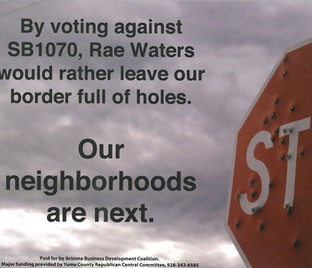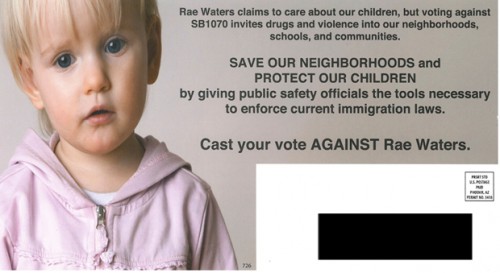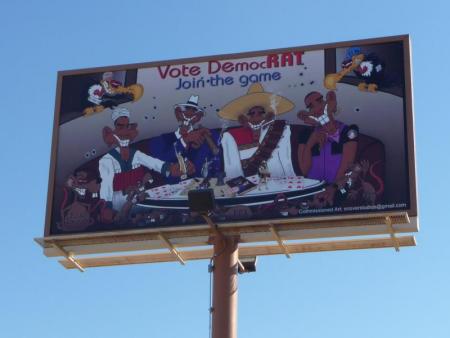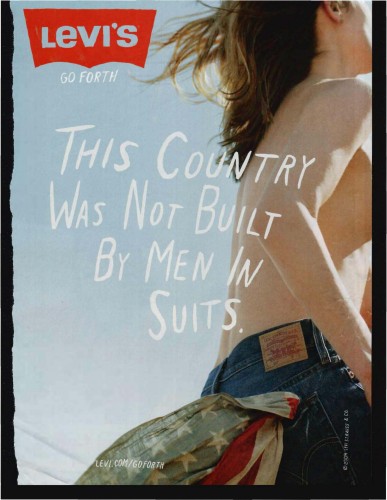
Some of you may have heard about the anti-Muslim protest outside a charity event in Orange County on February 13th. A local chapter of the Islamic Circle of North America (ICNA) Relief, a Muslim charity organization that raises money for women’s shelters, food pantries, disaster relief, and other humanitarian work, sponsored a fundraiser at the Yorba Linda Community Center.
Chrissy Y. sent in a video of the protest. It includes chants of “Go back home!”, “USA!”, and “terrorist!” amid loud boos as individuals walked into the center. At around 3:10 a woman accuses a man of beating his wife and being a child molester. Between the conflation of Muslim with being inherently un-American, the conflation of all Muslims with terrorists, and the reliance on the stereotype of Muslim men as brutal oppressors of victimized women, it is an ugly, ugly example of anti-Muslim sentiment:











